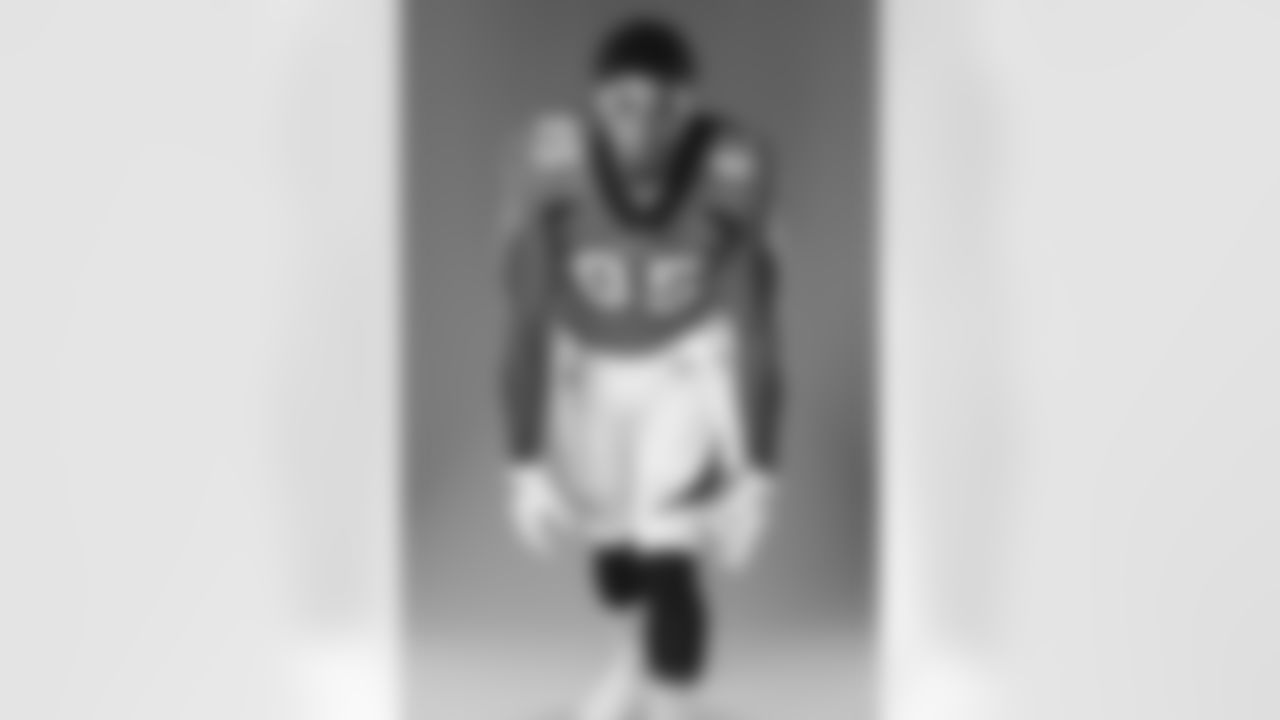

- BEST F STOP FOR PORTRAITS HOW TO
- BEST F STOP FOR PORTRAITS MANUAL
- BEST F STOP FOR PORTRAITS FULL
- BEST F STOP FOR PORTRAITS ISO
So by now, you might be thinking, “This is all quite fascinating, but I just want to know where to set my f-stop!”Īs with so many things in photography, the answer depends on which lens you’re using, what you’re shooting, and what creative effect you’re looking to achieve.įor example, most portrait photographers favor a shallow DOF to better isolate the subject from the background. For example, if you adjust your aperture dial three clicks darker, compensate by moving your shutter speed dial three clicks brighter.
BEST F STOP FOR PORTRAITS ISO
Your ISO is already at 100, so it usually will make more sense to adjust your shutter speed (in this case increasing it to 1/100sec).Ī shortcut is simply to count how many clicks you move. To compensate for the added brightness, you’ll need to stop down in either shutter speed or ISO.
BEST F STOP FOR PORTRAITS FULL
You then decide you want to isolate your subject from the background more, so you open your aperture to f/5.6 – a full stop.

Let’s say you’re taking a photo that’s properly exposed at 1/50sec, f/8, ISO 100. Halving or doubling ISO numbers will also halve or double the image exposure. Remember, when we talk about stops in relation to exposure, we’re either doubling the amount of light that comes in or halving it.ĭecreasing your shutter speed from 1/100sec to 1/50sec will double the amount of light coming in. They can see in real-time the effects that changing their aperture diameter makes and adjust the other exposure settings simply by looking at the screen.
BEST F STOP FOR PORTRAITS MANUAL
Tip: Mirrorless camera users have an added bonus when they shoot in manual mode. If you change a setting by a full stop one direction, you can always compensate by changing another setting on the exposure triangle a full stop in the opposite direction (or both of the other settings by a half stop each). Once you memorize the sequence of full-stop f-stops, it’ll become super easy to adjust the other settings on the exposure triangle any time you change your aperture. A smaller bottom number of the f ratio signifies a larger aperture. Tip: Remember, the bigger the bottom number, the narrower the aperture. If we were only limited to f-stops that were full stops, the scale would look like this:į/1, f/1.4, f/2, f/2.8, f/4, f/5.6, f/8, f/11, f/16, f/22, f/32Īs it is, we have many more options, most lenses have an aperture range that lets you adjust the aperture size one-third stop at a time, hence all the in-between options. (Remember, a smaller f-number means a larger aperture!) Going from f/5.6 to f/8 is one full stop down. Unlike stops of exposure, they don’t simply double or halve, but instead, depend on the f ratio.įor example, going from f/2.8 to f/2 is one stop up.

What’s confusing is that this kind of stop is different from the stop in “f-stop.” F-stops only refer to the size of the aperture. Moving down a stop is halving the light that enters your camera. Moving up a stop means that you’re doubling the amount of light entering your camera. Remember how light and photography go hand in hand? Well, a stop is how photographers talk about measuring light.
BEST F STOP FOR PORTRAITS HOW TO
The first step in learning how to read f-stops is understanding what a stop of exposure is. Lenses made for digital cameras will usually have f-stops in increments of thirds. This lens only has full stops available for adjusting the f-stop. f/16 or f/22), the greater your depth of field and the greater amount of your image will be in focus. The more open your aperture opening (like f/1.4 or f/2), the shallower your depth of field the more closed (i.e. Depth of field is the amount of your photo that appears sharp from front to back.Ī very shallow depth of field blurs everything but the point you focus on.Ī deep depth of field will keep most of the scene relatively sharp.Īs you can see from the f stop infographic above, depth of field and aperture diameter are intimately connected. Next to the f-numbers is an arrow referring to the depth of field. The wider the aperture – the opening in the lens – the smaller the f-number.įor example, in the chart above f/1.4 is quite wide open (a ‘wide’ aperture), while f/16 is little more than a pinhole (a ‘narrow’ aperture). Aperture Value Chart showing regular F-Stop range (Click to enlarge and download)į-stops (also referred to as f-numbers) refer to how open or closed the opening in your lens is.


 0 kommentar(er)
0 kommentar(er)
